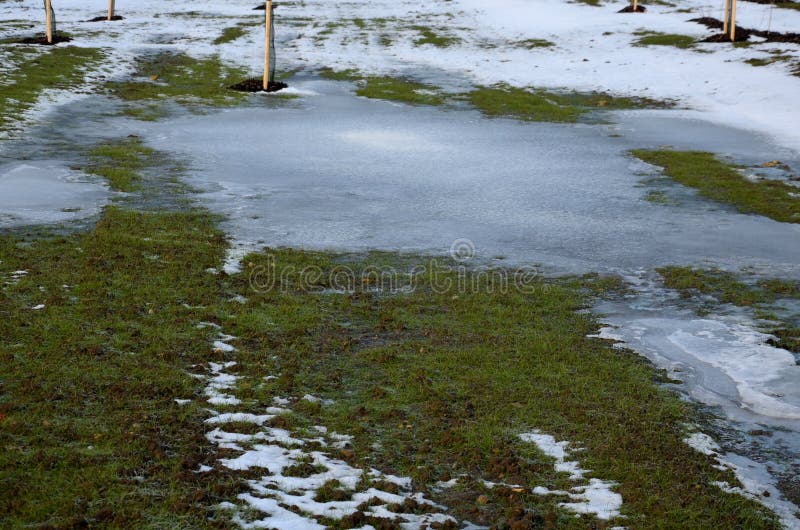

If you wish to use a hard rock material, consider using it around a firepit ring or grate. Hard Rocks (Granite, Marble, Slate): These are dense rocks thus, even uncovered outdoors, they are less likely to absorb moisture, leading to cracking and splitting.It will also improve their drainage and remain safer, as debris can retain moisture hidden within the lava rocks. Keeping a cover over your firepit when not in use and cleaning the lava rocks once or twice a year will ensure an attractive firepit. Let them dry completely before lighting a fire over them. Simply gather up your lava rocks and soak them in a bucket of water to dislodge any dirt, ash, or other debris collected within their pores. They retain the heat and release it at a steady pace. Further, lava rocks are excellent at distributing heat evenly. Because they are so porous, they tend to stay dry after hard rains and serve as an excellent insulator for the heat. Liquid and gas can easily flow through these rocks, meaning they don’t tend to hold on to moisture long. While they are highly porous, that becomes a benefit for basalt in a firepit. Lava Glass & Lava Rocks: Lava rocks are made out of basalt.These will not have the same fire-resistant properties and would not be safe to use beneath or as a direct enclosure around your firepit. Some modern variants only use red clay slip on the exterior and less-quality clay within to achieve the look of red clay.

It’s important to stick only with bricks made with high-quality red clay throughout. Break one open, and you’ll find it looks the same throughout. Red Clay Bricks: These old-fashioned bricks are made strictly from high-quality red clay and function like fire-rated bricks due to the excellent heat resistance of the clay.They are safe below or around your firepit some people even construct wood-fired ovens in their yards using fire-rated bricks. These bricks are designed to retain significant amounts of heat without splitting or cracking.



 0 kommentar(er)
0 kommentar(er)
